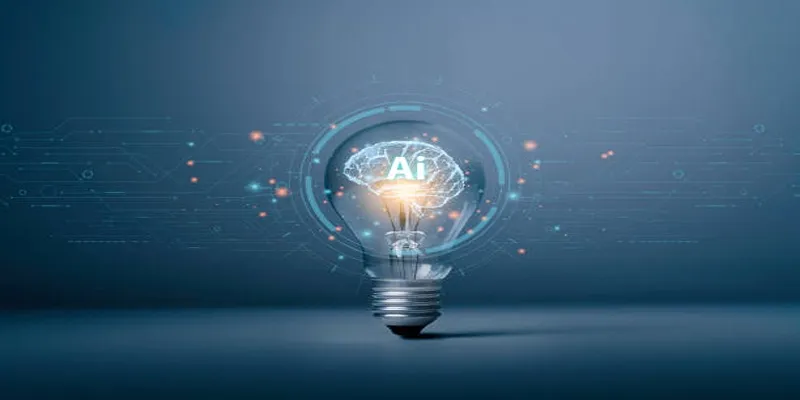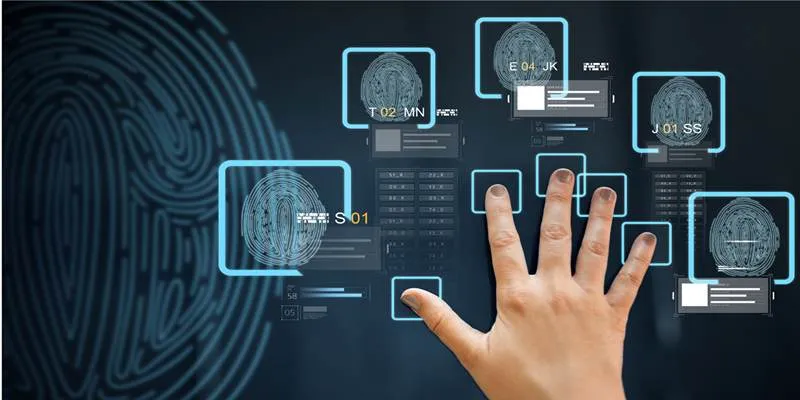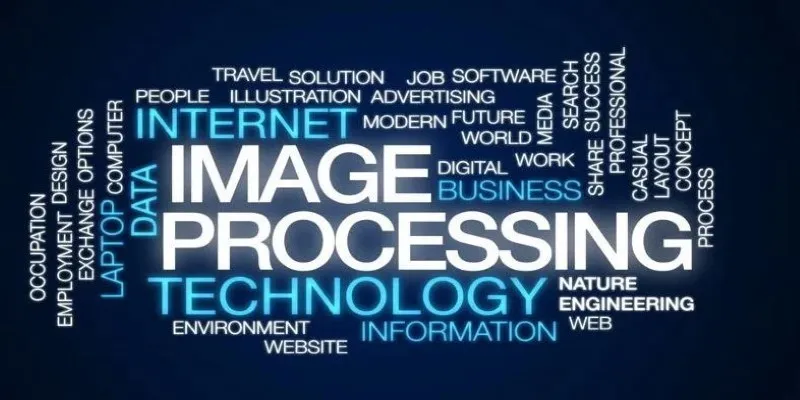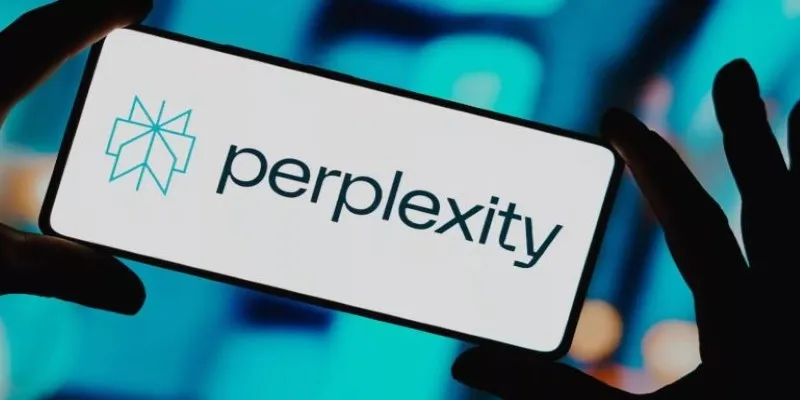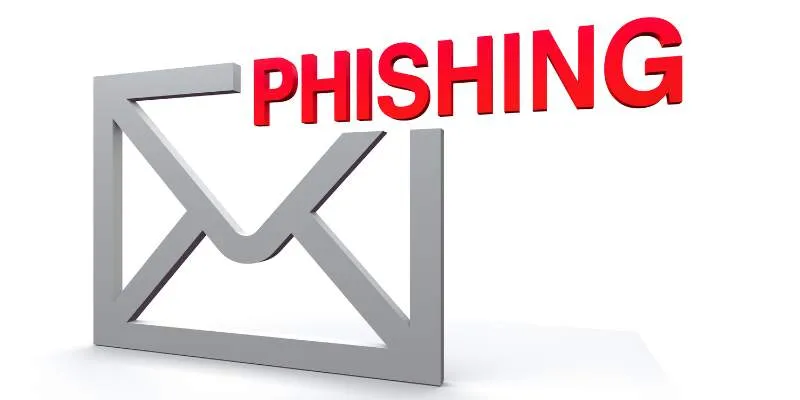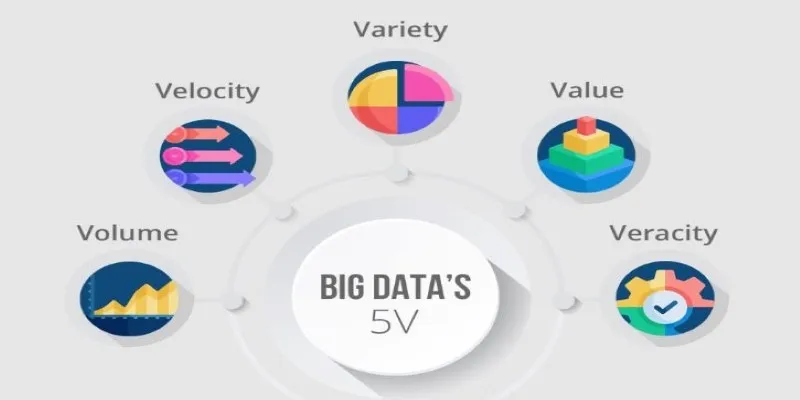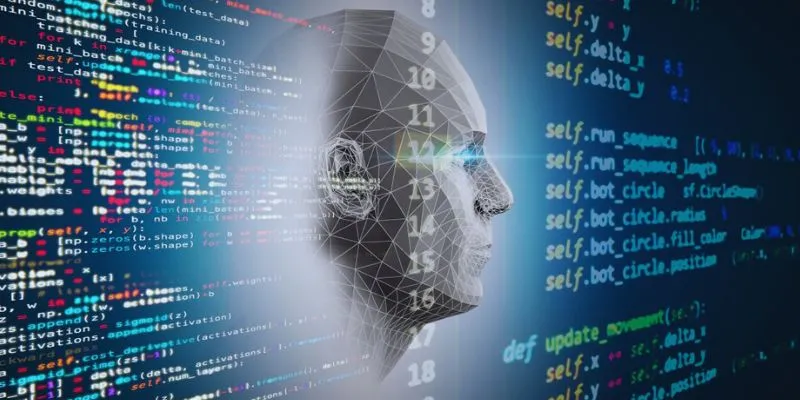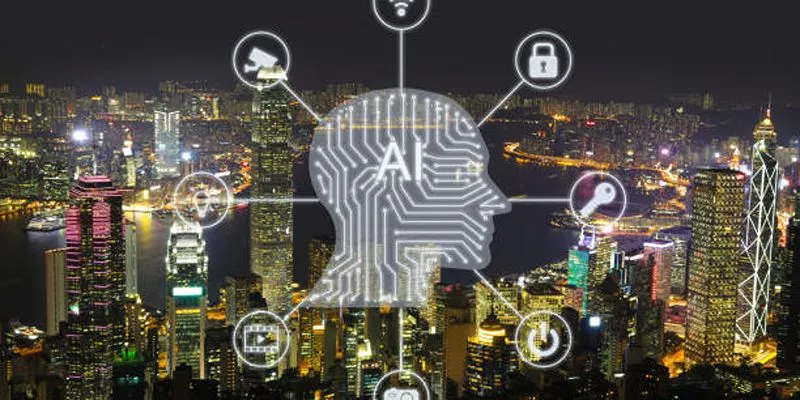Fake news is no longer just human-made—AI-generated misinformation is spreading at an alarming rate. Deepfake videos, fabricated articles, and manipulated social media make distinguishing truth from deception increasingly difficult. While AI plays a role in creating misinformation, it may also be the best tool to combat it.
AI-powered fact-checking and misinformation detection systems are being developed to verify content in real-time, offering a scalable defense against digital deception. The real challenge is not whether AI can create fake news—it can—but rather how AI can be trained to detect and neutralize its own misleading content before it causes harm.
The Rise of AI-Generated Fake News
The web is full of misinformation, but AI has carried deception to a whole new level. Deepfake generators and machine learning models such as ChatGPT are capable of creating hyper-realistic content, making it more difficult than ever to separate reality from fiction. Social media algorithms, designed to optimize engagement, tend to amplify deceptive content, giving AI-generated false news more chances to spread before fact-checkers can react.
Unlike traditional misinformation, which often requires manual effort to create, AI can generate massive amounts of false content in seconds. Whether it’s synthetic videos of political figures saying things they never said or entirely fictional news articles designed to mislead, AI-generated misinformation is designed to exploit human biases. The ability to produce content at scale means fake news is no longer a fringe problem—it is a direct threat to informed decision-making and public trust.
The magnitude of disinformation requires an automated solution to detect and combat it. Human fact-checkers alone are no longer an option. AI has to be employed to combat AI.
How AI Can Detect and Fight Fake News
Combating fake news produced by AI requires a response as advanced as the technology generating it. Fact-checking software driven by AI employs natural language processing (NLP), machine learning, and data verification methods to determine content authenticity in real-time. The systems detect the information’s structure, tone, and source to establish whether the information is consistent with established facts.
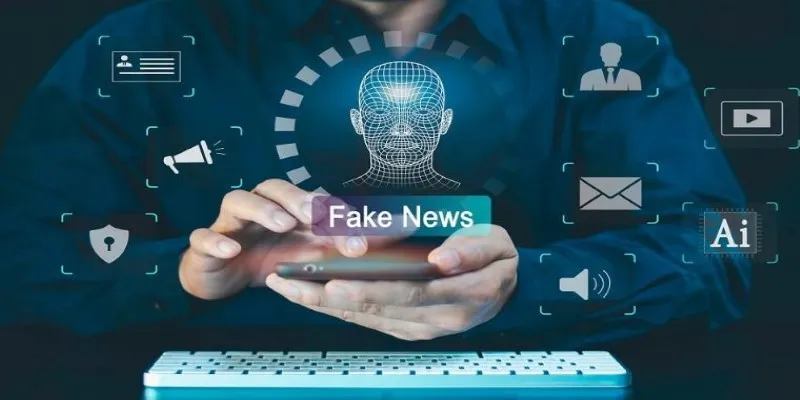
One of the most effective methods is automated cross-referencing. AI tools scan multiple sources, compare reported information, and flag inconsistencies. By analyzing patterns in misinformation, AI can learn to identify misleading narratives before they gain traction. Additionally, AI-powered misinformation detection systems track the behavior of known misinformation spreaders, preventing them from manipulating public discourse.
Deepfake detection technology is also becoming crucial in the fight against AI-generated fake news. Advanced AI models can identify inconsistencies in video and audio files, detecting unnatural facial movements or mismatched voice patterns. Social media platforms are beginning to integrate such tools to detect and remove manipulated content before it goes viral.
Another promising development is AI-driven media literacy tools. These applications educate users on how to recognize fake news, offering real-time analysis of potentially misleading content. By highlighting unreliable sources and explaining why certain claims may be false, AI can empower people to make more informed decisions about the information they consume.
The Challenges and Ethical Concerns of AI-Powered Fact-Checking
Despite its potential, AI-powered fact-checking is not without challenges. One of the biggest concerns is bias. AI systems are trained on data, and if the training data is biased, the AI may produce biased fact-checking results. Ensuring that AI models remain neutral and objective requires constant oversight and refinement.
There’s also the issue of censorship. While combating misinformation is necessary, there is a fine line between preventing fake news and suppressing free speech. AI moderation tools must be designed to differentiate between intentional misinformation and legitimate debate. If not implemented carefully, AI-driven content moderation could lead to overreach, where genuine discussions are mistakenly flagged as misinformation.
Another problem is the adaptability of misinformation creators. Just as AI tools are improving at detecting fake news, those who generate misinformation are developing better techniques to evade detection. AI-powered misinformation campaigns are becoming more sophisticated, using deep learning to mimic legitimate news sources and fool detection algorithms. This cat-and-mouse game means AI fact-checking tools must continuously evolve to stay ahead of deceptive tactics.
Furthermore, misinformation is not just a technological issue—it is a psychological one. People are more likely to believe news that aligns with their existing beliefs, even if it is false. AI can provide fact-checking, but changing human behavior requires education, media literacy programs, and a broader effort to promote critical thinking.
The Future of AI in the Fight Against Misinformation
As AI technology advances, its role in combating misinformation will become even more vital. Future AI systems will incorporate sophisticated machine- learning techniques to detect fake news with greater precision and efficiency. Collaboration between AI researchers, governments, and media organizations will be essential to create standardized misinformation detection frameworks.
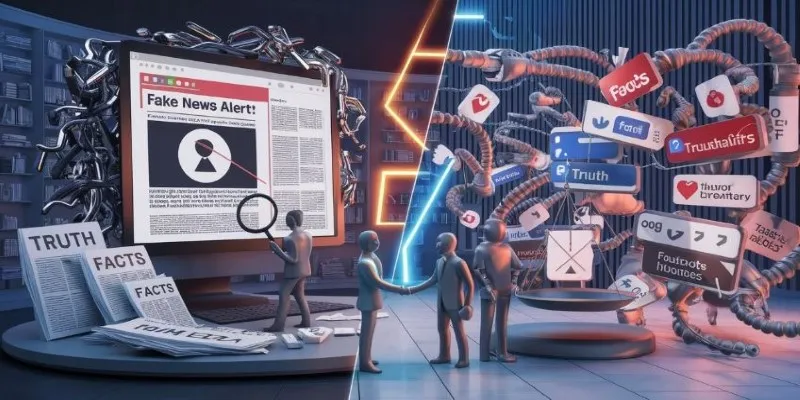
One promising innovation is AI-driven content authentication. By integrating blockchain with AI, digital content can be verified through transparent records of edits and sources, making it harder for bad actors to manipulate information. This approach could enhance trust in digital media by ensuring content authenticity.
AI may also revolutionize fact-checking by personalizing misinformation detection. Instead of generic fact-checking, AI could analyze individual content consumption patterns and flag misleading information based on personal viewing habits. This targeted approach could improve the effectiveness of misinformation detection.
Despite these advancements, AI alone cannot eliminate fake news. Ethical implementation, human oversight, and public awareness will be necessary to prevent AI from becoming another tool for deception. If used responsibly, AI can help restore trust in digital information and protect the integrity of online content.
Conclusion
AI-generated fake news is a growing challenge, but AI also provides the best defense. With fact-checking, misinformation detection, and deepfake analysis, AI can curb digital deception. However, its implementation must address bias, censorship, and evolving misinformation tactics. While AI enhances accuracy, human oversight, media literacy, and critical thinking remain vital. AI alone won’t eliminate fake news, but when used responsibly alongside education, it can help restore trust in digital content and ensure truth prevails in the fight against misinformation.
 zfn9
zfn9

